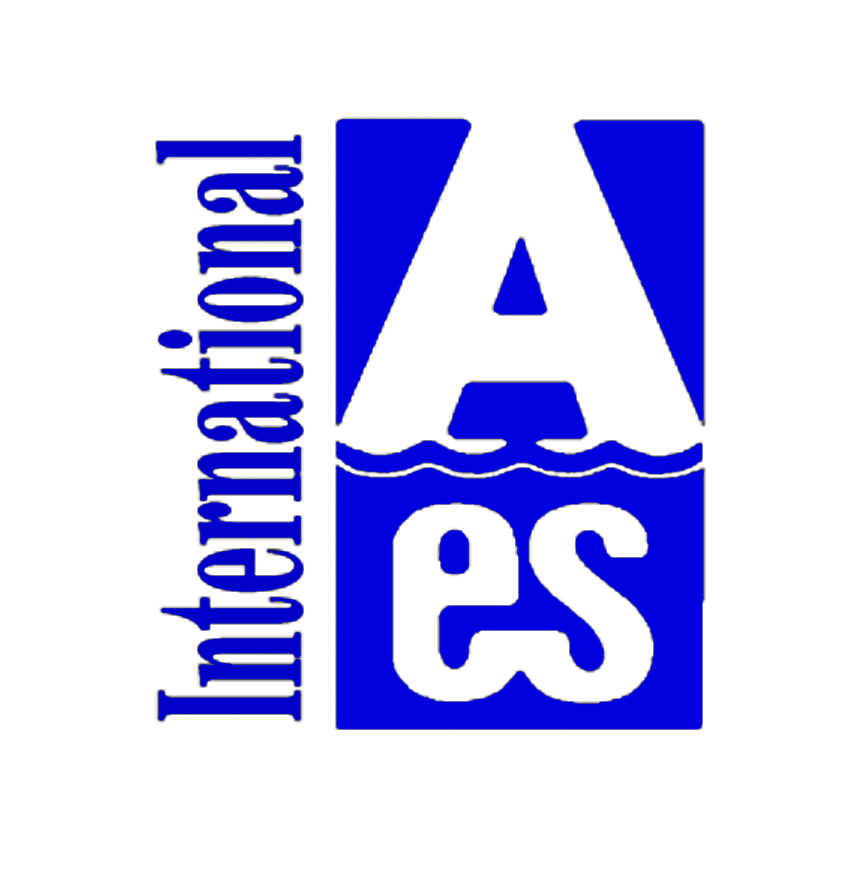September

Paul Sommers, Ph.D.
Professor of Economics
Middlebury College
As our September 2019 member of the month, the Society is happy to welcome IAES Professor Paul Sommers. Paul M. Sommers is Paige-Wright Professor of Economics at Middlebury College. He received his Ph.D. from the University of California at San Diego (1976). Professor Sommers has written on economic growth, economic demography, public finance issues, and the economics of sports. He is the editor of Welfare Reform in America: Perspectives and Prospects (Kluwer-Nijhoff) and Diamonds Are Forever: The Business of Baseball (The Brookings Institution). He is also the author of the Instructor’s Manual for Edwin Mansfield’s Microeconomics: Theory and Applications.
For the last 43 years Professor Sommers has taught courses in economic statistics, (introductory and intermediate-level) microeconomic theory, and a senior seminar on the economics of professional sports. He is recipient of an Outstanding Teacher Award at the University of California at San Diego (1981) and he shared first prize in a national essay contest on welfare reform sponsored by the Institute of Socioeconomic Studies (1985). He is a member of the American Economic Association and the International Atlantic Economic Society. He has contributed roughly 230 articles to professional journals, many of which are co-authored with (roughly 260) former Middlebury College students.
Why did you become a member of the International Atlantic Economic Society?
I have been a member of the IAES off and on for over 40 years! When I recently submitted a short “Anthology” I was reminded that I had let my membership lapse! The Atlantic Economic Journal (AEJ) and International Advances in Economic Research (IAER) are two journals which enable me to showcase the great work my students do here at Middlebury College. Since the late 1970s, I have had about 36 “Anthologies” published in the AEJ, half of them co-authored with former students. Six more very short pieces (all co-authored with students) have appeared in IAER.
What types of projects/research are you currently working on and what inspired/motivated you to pursue these interests?
This past summer I worked on five projects, all with former students, that include three groups of students from last fall term’s offering of a sophomore-level course in Economic Statistics. One group was interested in examining how WHIP (walks plus hits per inning pitched) has changed among baseball’s Hall of Famers. A second project examined gender equity in NESCAC (New England Small College Athletic Conference) varsity athletics and Title IX compliance. A third group examined the number of flight departures from the two busiest airports in each state and how the average delay varies across the four Census regions. Two students in my senior seminar on the economics of professional team sports last spring worked on papers that we are revising for possible publication. One (just recently accepted by the AEJ) looks at declining viewership (as measured by Nielsen ratings) in baseball (notably, World Series games and the All-Star Game) and football (Super Bowl). The other paper is entitled: “The Simple Analytics of Evaluating NFL Trades” and, in particular, examines the wisdom of trades (2001 through 2016) made by Bill Belichick, head coach and general manager of the New England Patriots.
What advice would you give to someone who is considering entering your line of work/field of study?
For anyone teaching at the college level, you had better enjoy interacting with young people and be passionate about what you do. Try (as I do) to involve your students in your research. Integrate your research results into the courses you teach. Use timely examples.
Going forward, what other projects/research are you looking to or hoping to pursue?
That’s a difficult question for a septuagenarian to answer. Most of the work I do is dictated by my students’ interests. In the sophomore-level sections of Economic Statistics I teach, there is an assigned end-of-term 5-10 page paper on a topic of the students’ own choosing. I tell students that I will work with them during the first few weeks of the ensuing summer to get the two or three best papers (in my two sections combined) into publishable shape. Many (but not all) of the paper topics I suggest. At the end of every school year, I know what projects I hope to pursue the following summer.
What’s your favorite hobby?
I have been a member of the American First Day Cover Society since 1983. I collect “first day covers” (envelopes postmarked on the day a stamp is first issued); inaugural covers (postcards or envelopes posted in Washington, DC on a presidential inaugural date); World War II patriotic covers (envelopes posted on significant dates during WWII); and real photo postcards (RPPCs) of the town of Middlebury, Vermont as well as RPPCs of Middlebury College around the turn of the twentieth century. Swimming (several times a week, easier to do during the summer than during the academic year) is a close second favorite hobby.

